Jens Emil Nielsen: Facing New Challenges
Transitioning from cross to road triathlons
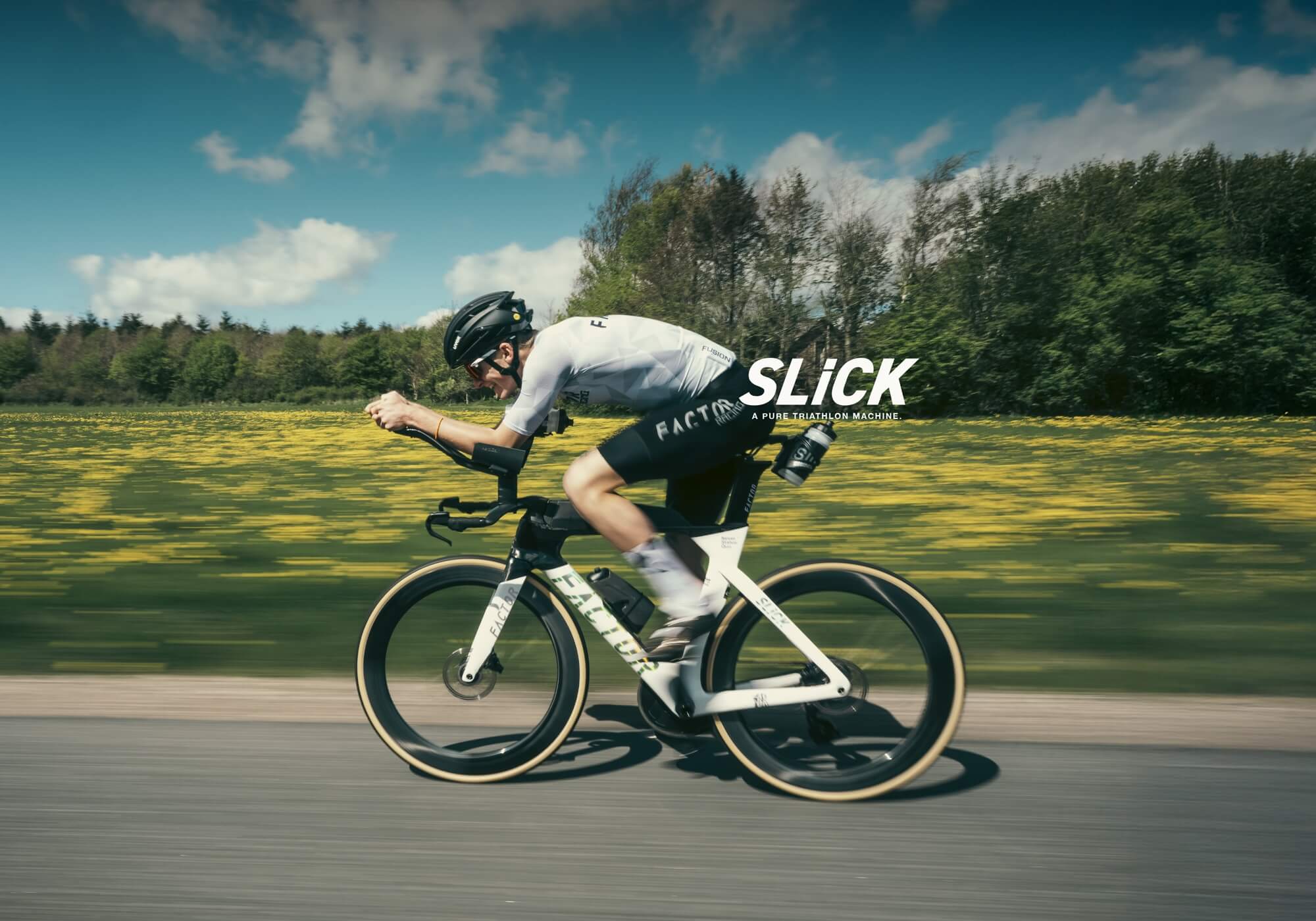
Any elite athlete knows that the performance is in the details. It’s just that those details aren’t always the same from sport to sport. That’s a fact that Factor-sponsored triathlete Jens Emil Nielsen is dealing with this season as he transitions from racing cross triathlons XTERRA events to 70.3 Ironman road triathlons.
In XTERRA cross triathlons, the three disciplines are 1.5 km swimming, 34km mountain biking, and 9km trail running. Compared to a 70.3 Ironman where the athlete swims 1.9 km, cycles 90 km, and runs 21.1 km, the distances in XTERRA are a little shorter, but equally intense considering the terrain. And then there are full Ironmans which have a 3.86 km swim, 180.25 km bike, and 42.2 km run.

“Triathlon is very complicated with regards to the distances. Even within the professional set up there are three different private brands that have their own circuit of racing and there is the World Triathlon Union, and they are the ones who decide stuff, but they have the smallest circuit. And then the Olympic triathlon which all the long distance triathletes can never participate in because it’s like another sport altogether, it’s so different. Even me trying to explain it, I can get lost,” Jens Emil admitted.
“This year, I’ve been doing half or 70.3 Ironmans, which are quite prestigious. They are not as prestigious maybe as the full Ironman, but in professional regards the level is as high if not even higher because there are more races. But next year I will tap into the full Ironman distances as well.”
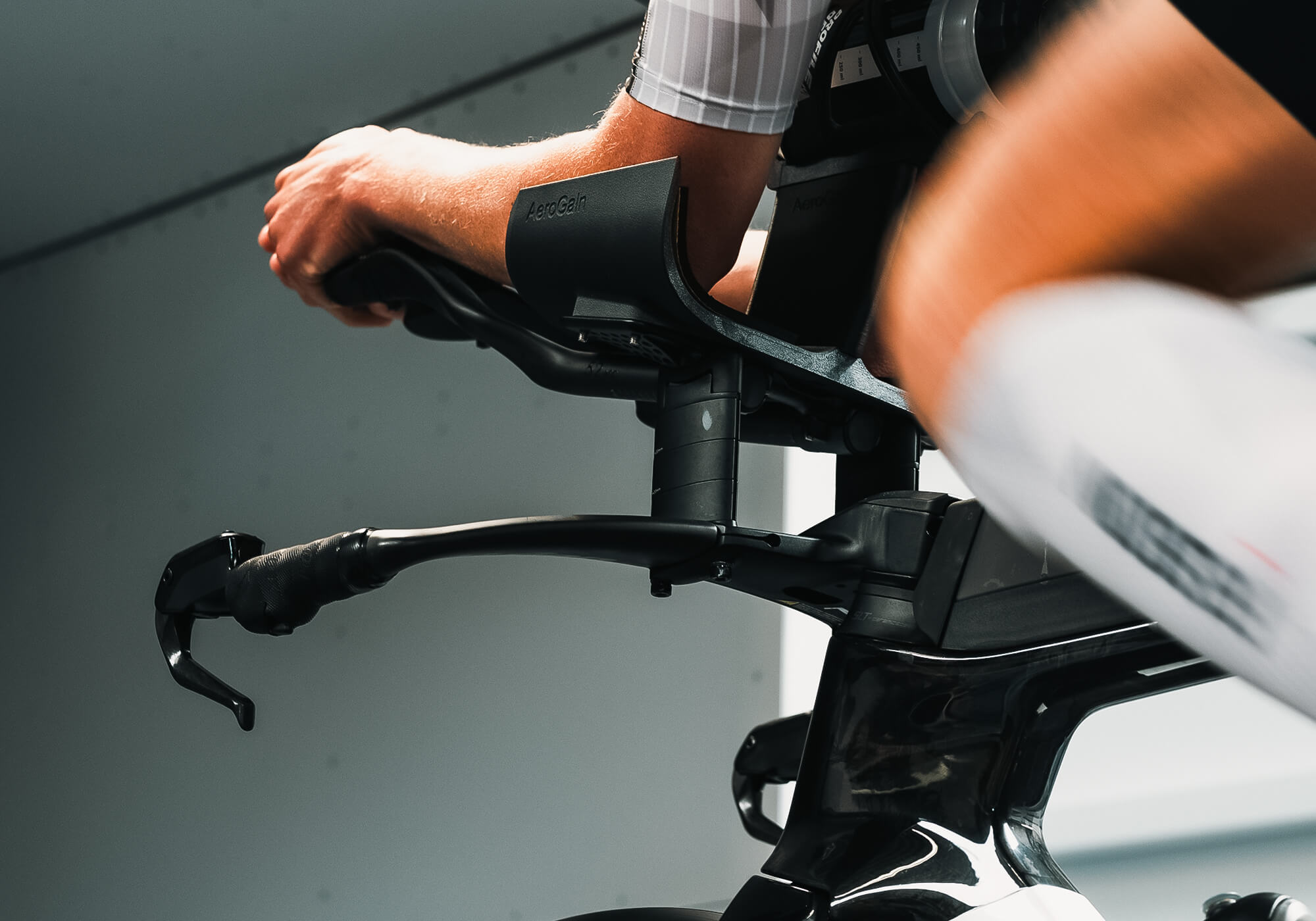
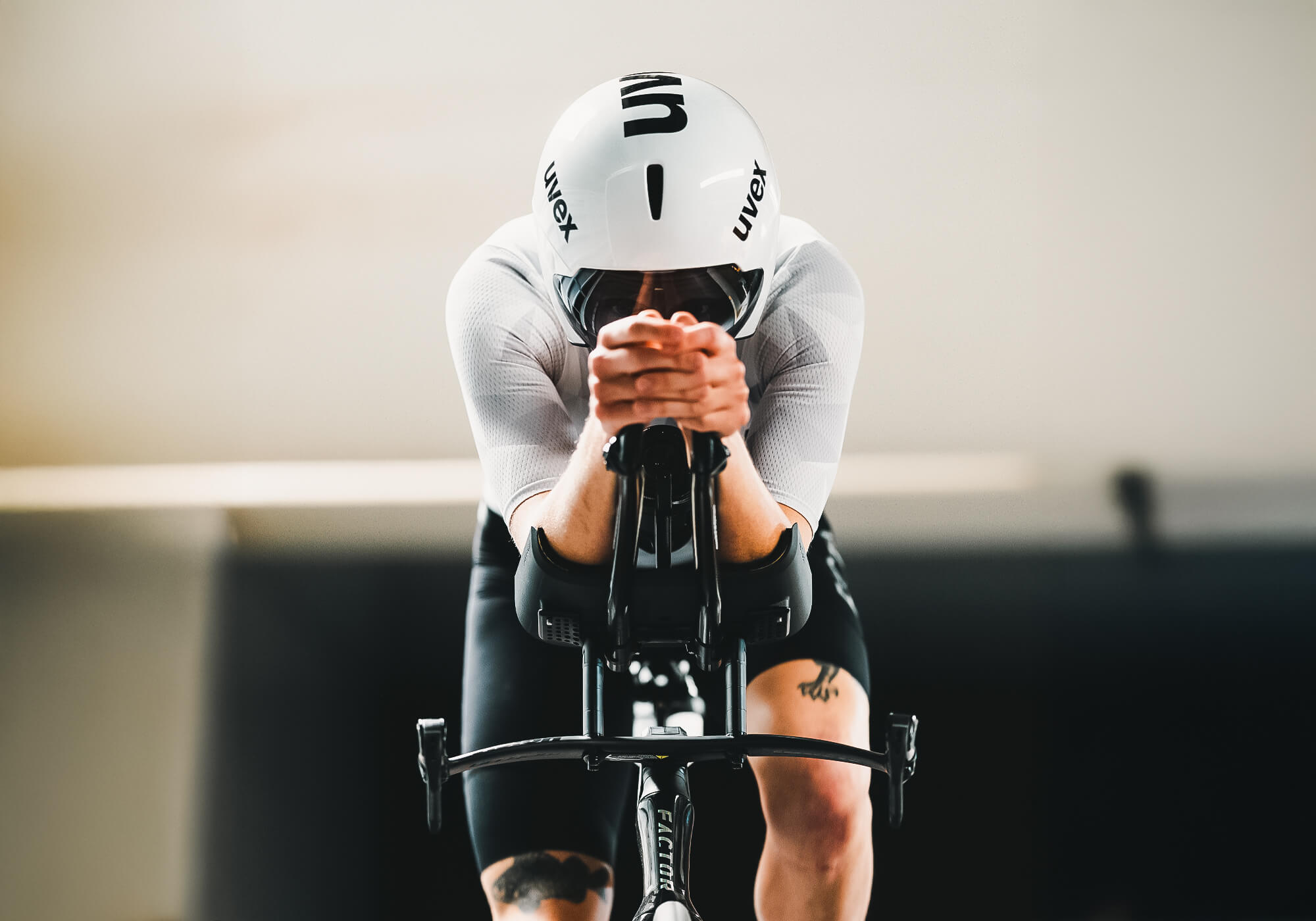
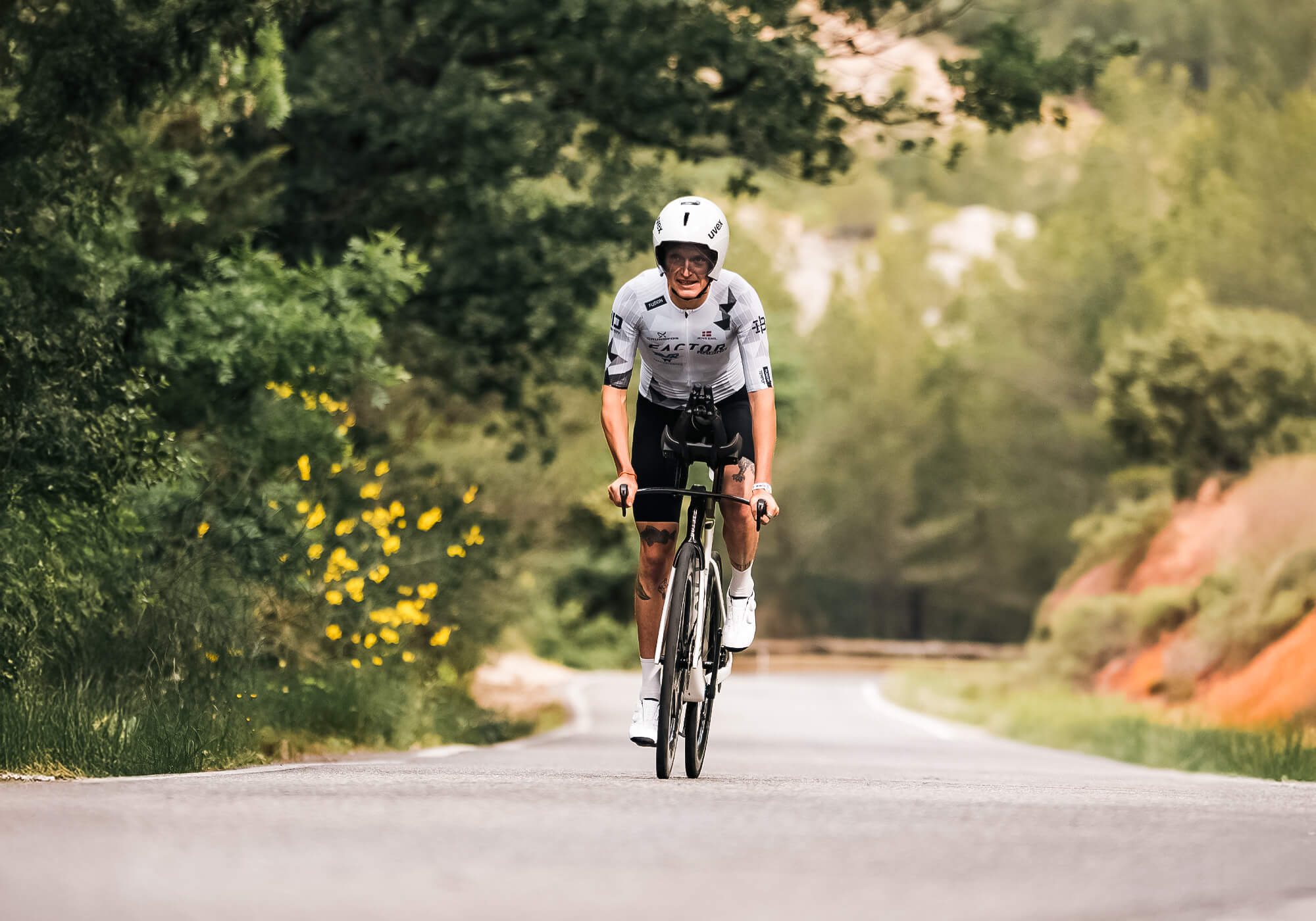
A slick bike for the courses
Transitioning from cross or off road triathlons to classic road triathlons means that Jens Emil has to navigate the change from wrestling mountain bikes on technical trails to racing TT bikes on frequently long, wind swept roads. Each seems like it would require largely different skillsets, but Jens Emil seems to be taking it in his stride.
“I found cross triathlon or XTERRA, and I just really enjoyed the aspect of racing in nature. I really liked that and made the move to race cross tri professionally. When I knew I had talent for triathlons, I knew at some point it would be necessary to tap into the road side in order to keep growing and progressing. I have proved this year that I have talent for that,” Jens Emil said.
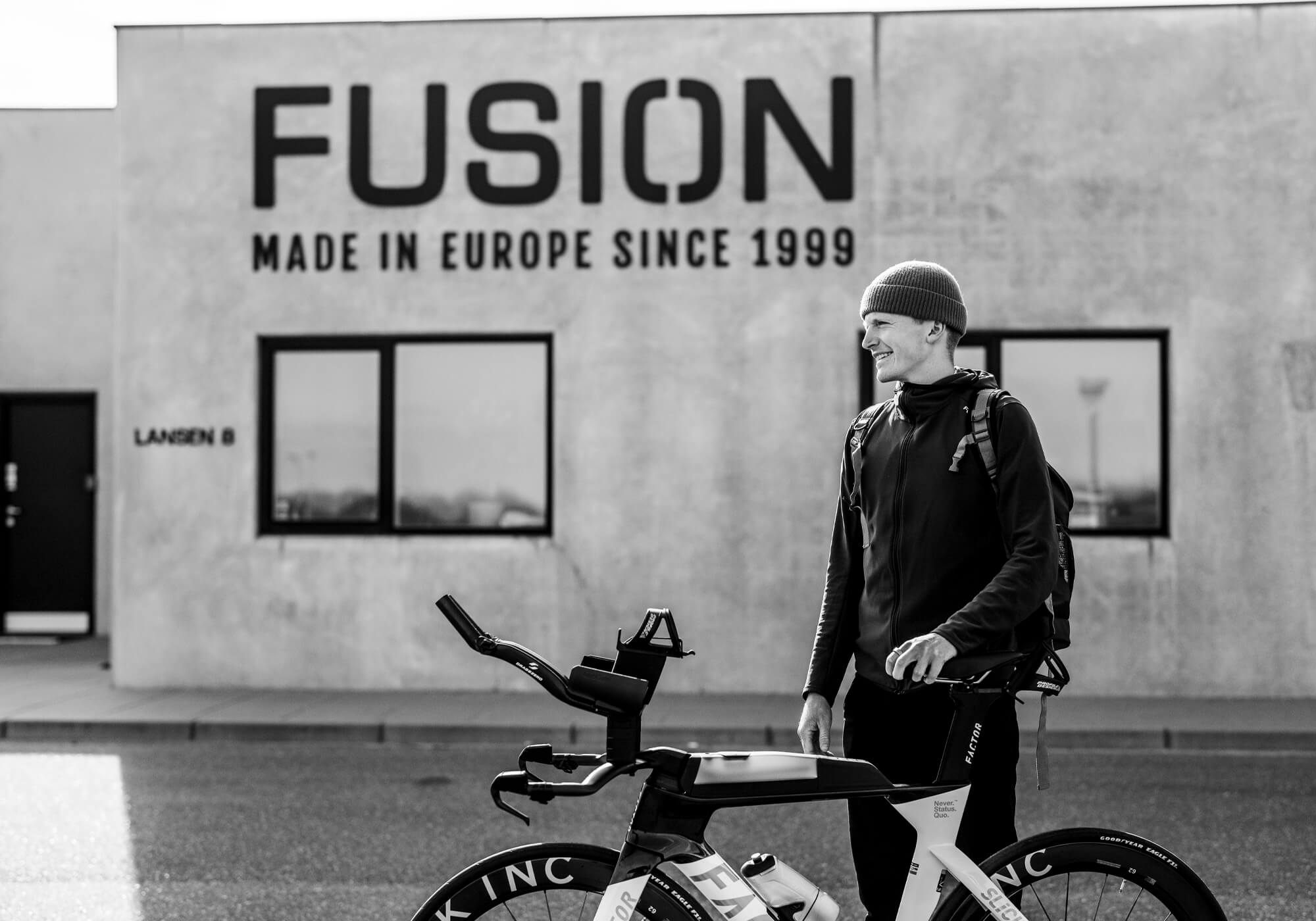
“Making the leap from cross to road has meant that I have had to learn to be nerdy in other areas of cycling. Whereas before it was about how I can ride technical sections on a mountain bike and dial in my suspension and my feel on the bike whereas now it is more like marginal gains which are really important in road triathlon and important to have equipment where the details are set to perform at the highest level.”
For his road events, Jens Emil has chosen to race the SLiCK, Factor’s dedicated triathlon bike. Having recently enjoyed a redesign which moved it squarely into the realm of the triathlon world with practical features like in-frame storage and modular cockpit design that facilitates customisation, the SLiCK acts as Jens Emil’s gateway key to road performance. “One of my big conditions for racing a tri bike is that I want it to be comfortable and want it to be agile. For me it's essential that the bike is actually fun to ride,” Jens Emil explained.
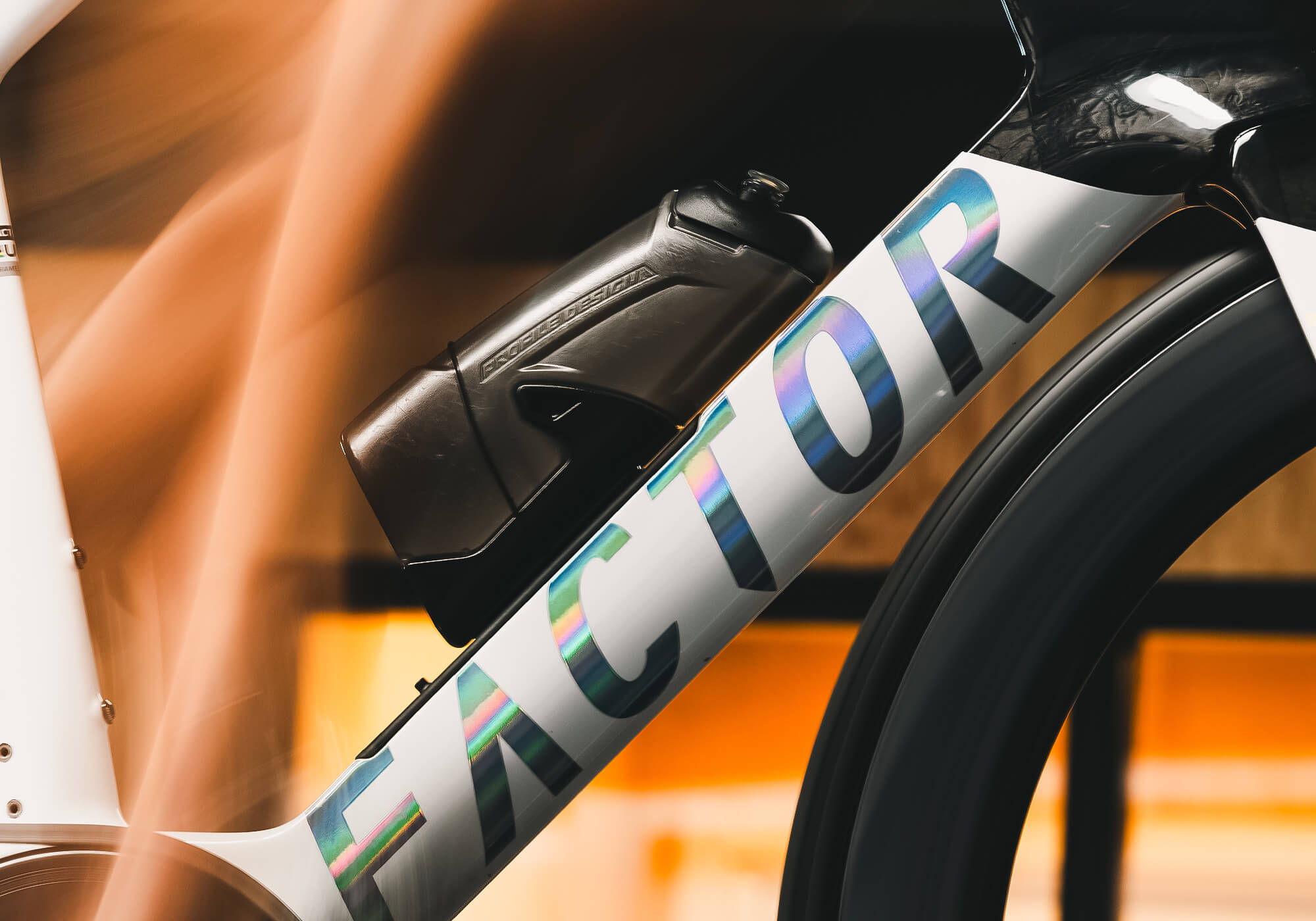
“The tri and TT bikes I used before the SLiCK were not that fun to ride because they’re just not that agile and didn’t even feel like a road bike, whereas the SLiCK is great. I really like to ride it in the mountains, on technical turn-y roads. It just feels very much like a road bike. Initially I was scared the trade-off would be that it’s not as aero-optimised as some of the other bikes, but in the wind tunnel testing, it’s been really good for me, and I am happy that I have found this bike that can both be agile, exceptionally aero, and that it’s fun to ride.”
Triathletes who are looking for a competitive edge in their equipment frequently have to turn to aero bikes that were designed for road racing time trials, which typically are intended for shorter distances and seldom include any of the practical features that triathletes racing 90 or 180 km on their bikes will require. The SLiCK stands apart as a dedicated triathlon racing bike that maximises the knowledge we’ve acquired from designing bikes like the OSTRO VAM and HANZŌ Track.
“I can feel you guys have built a bike that is not only a fast triathlon bike, but also is agile and quick handling. It’s a balance often between having a comfortable bike and one that is fast in the wind tunnel as well. But I think you have found a sweet spot between those two,” Jens Emil confirmed. “As an athlete, I want to have a bike that is aerodynamic, but it also has to be comfortable and can handle well. Some of those other TT bikes are a bit too much like a spaceship where you can’t even turn the handlebars. But the SLiCK really feels like a road bike, but in the wind tunnel we have found that my CdA is top tier, so I am very happy that I can have the best of both worlds with this bike, aerodynamic and comfortable.”
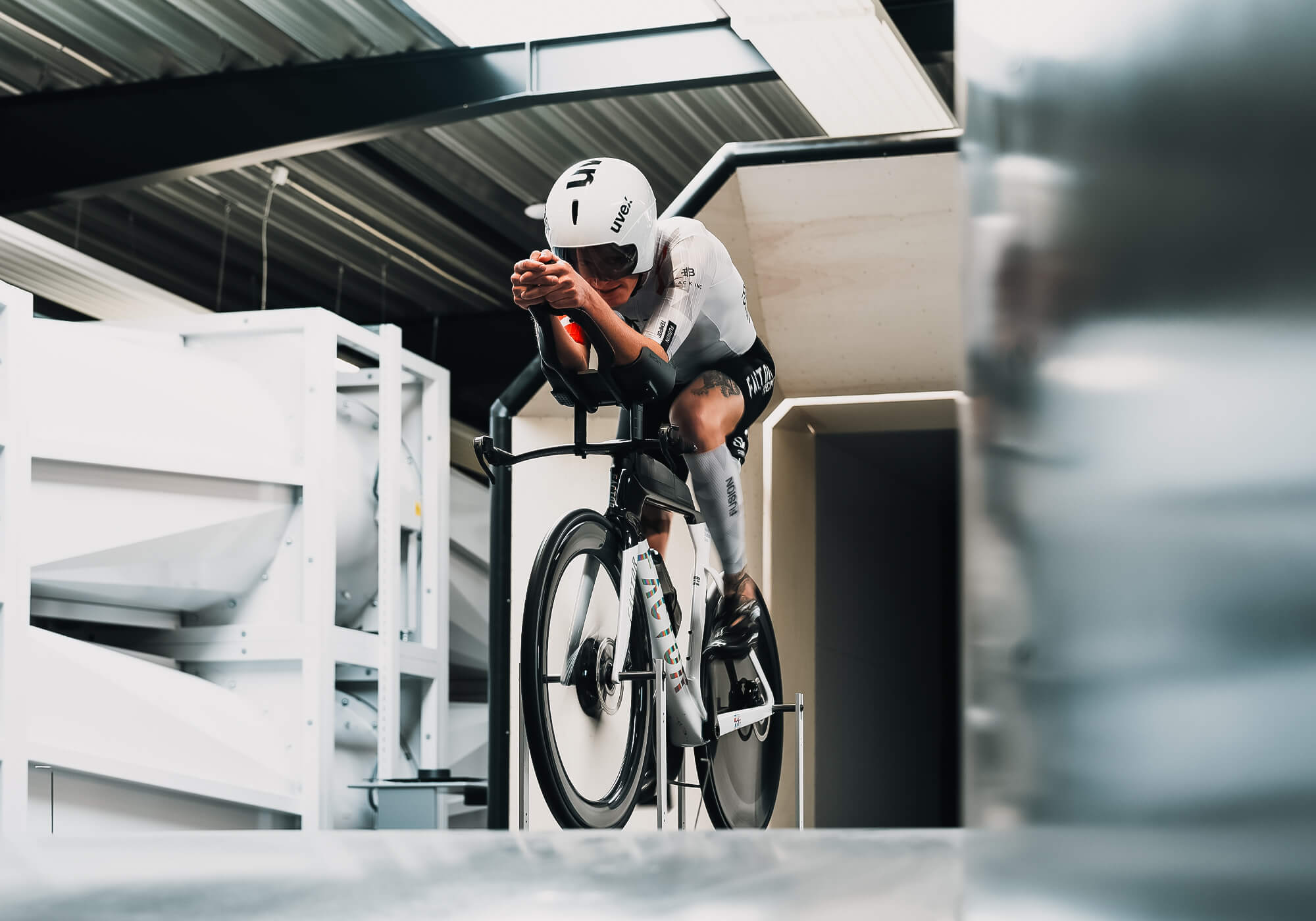
Being fast in the wind tunnel is one thing, but these races never take place in wind tunnels, which means the bikes need to handle and function in a wide range of conditions, from climbing the rough roads of southern France to dealing with mega crosswinds in Hawaii. And since taking outside support is not allowed, the riders must be able to carry a lot of water, nutrition, and tools in case of mechanicals. “I like the storage in it too. I like there is good room for the things you need in the races, and since road triathlons are self-service and you can’t get outside help, you need to be able to bring some extra hydration,” Jens Emil said.
“The way your engineers have thought out the bike makes it easy to customise and to be able to integrate some of your personal preferences in the cockpit and elsewhere. Some brands really keep the cockpit accessories too proprietary, whereas with the SLiCK you can really choose what you need. "The bike has a great geometry to find a fast position and then you are not locked into a specific position where you can adjust how much you are stretched out or tucked-in, so I am happy to be able to test out both types of positions.”
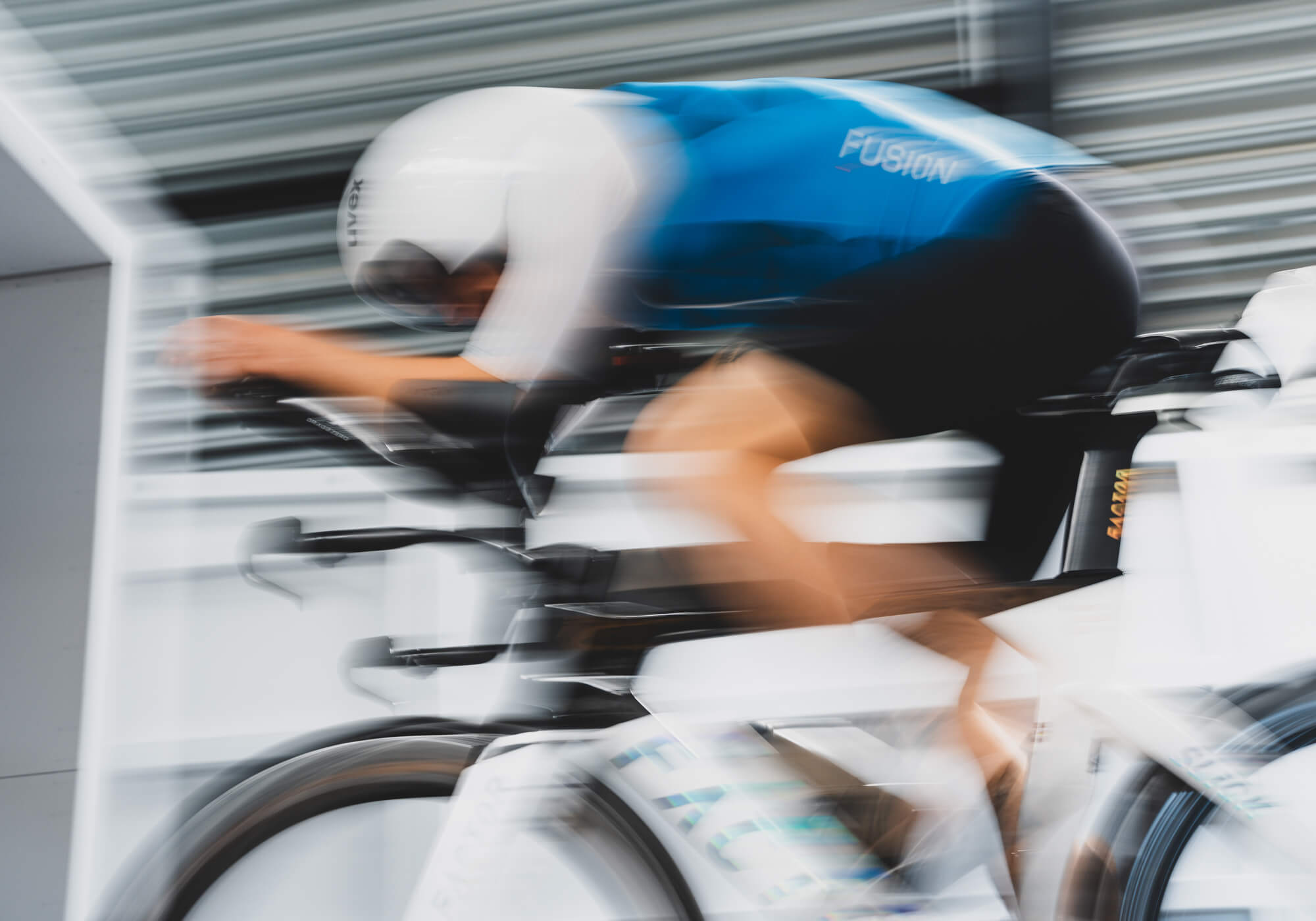
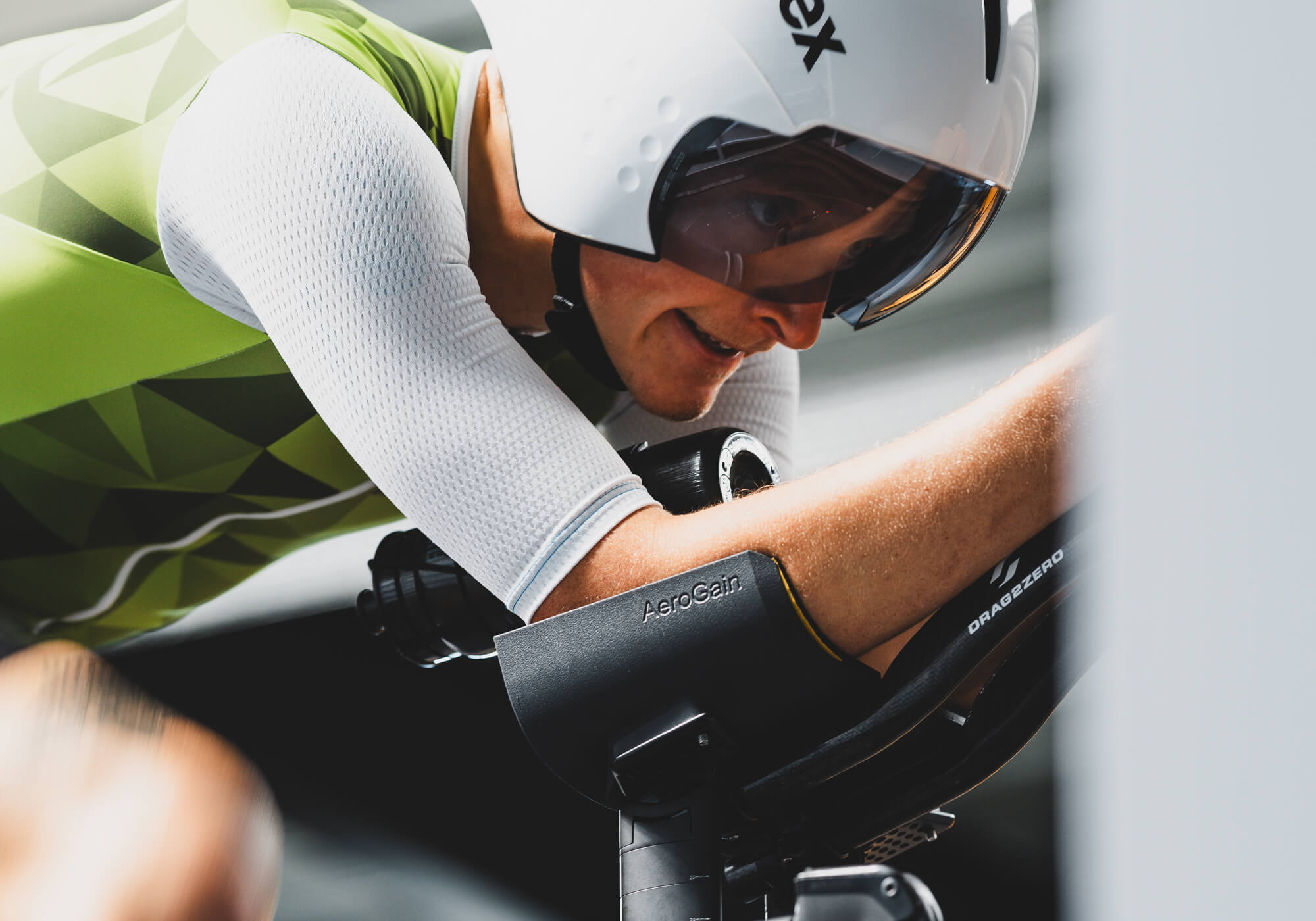

Finding success early
Jens Emil quickly proved his potential in road Ironmans by taking an excellent 3rd place at the 70.3 Ironman in Nice this June. He admits that swimming is the discipline where he loses the most time. In cross tri, he is strongest on the bike, however he hasn’t been able to show the same dominance on the bike when racing road triathlons so far this season. It’s all part of the process of dialling in his position and getting his body used to pushing out watts with his arms in the skis.
“My running in regards to road triathlon is probably my best right now since I haven’t yet fully adapted my power from the MTB to the road, but that just takes a good winter season with a lot of triathlon position training, so I feel like I have a lot of potential for improvement there, but really this season, my ace has been my running,” Jens Emil confirmed.
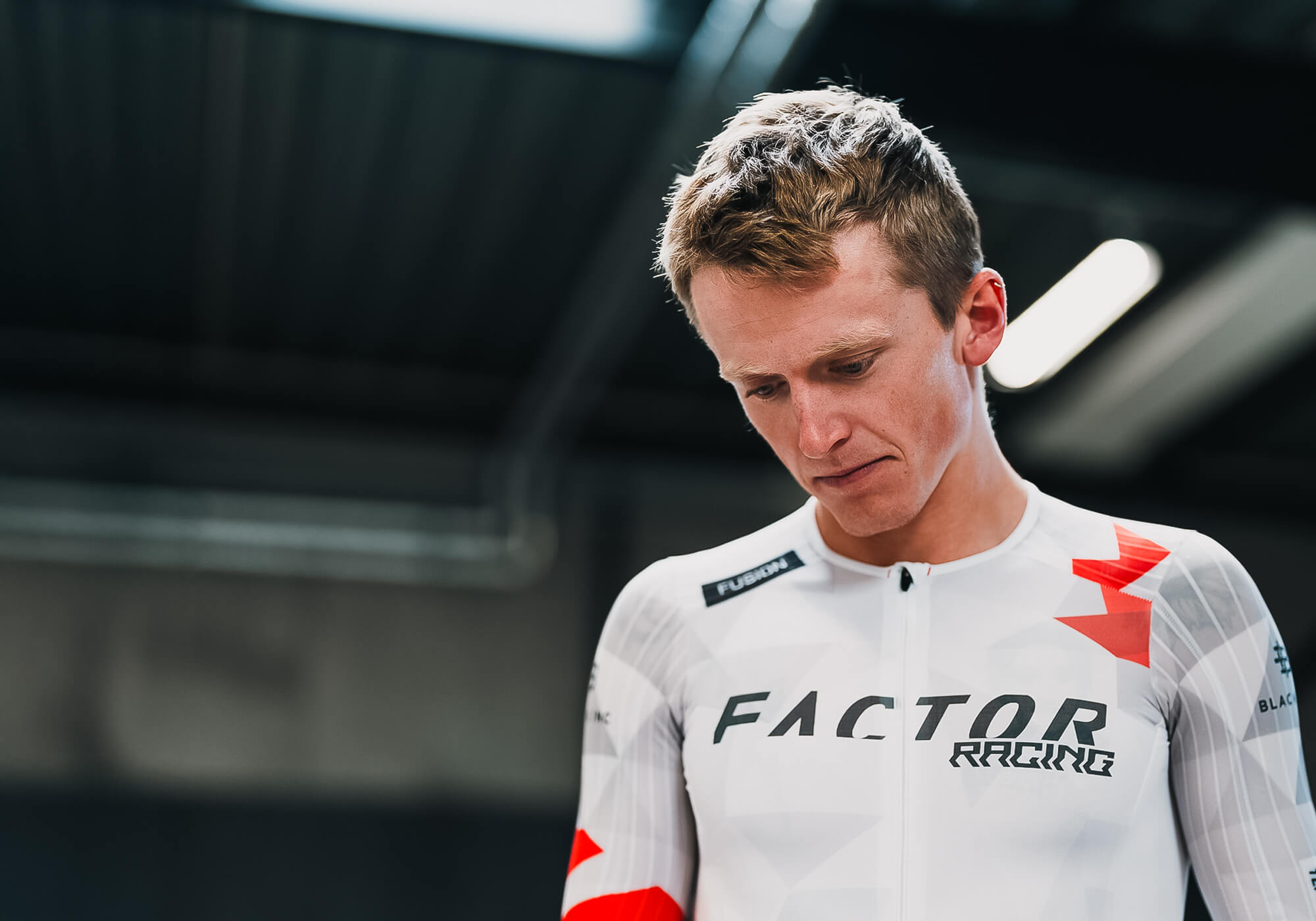
“But running in a triathlon is very different from just running. It’s a huge advantage if you are also comfortable on your bike first to be able to set up a good running split at the end of the race. It's important to me that I have been able to find a position on my SLiCK that has been comfortable enough so that I could still run well after the bike section. My cycling should come around next year, I have been pretty disappointed in my bike splits this year on the road because in XTERRA usually I have the fastest bike splits every time. Starting two minutes down after the swim and then riding to the front.”
Coming into this season, Jens Emil expected it would be challenging to get the same top results he had been getting in cross triathlons. But seeing rapid improvement helps prove that he made the right decision to dive in at the deep end. Jens Emil went from taking 25th at the 70.3 Ironman in Aix-en-Provence in May to taking 3rd at the 70.3 Ironman in Nice at the end of June, instilling a lot of confidence for the coming season.
“My cycling should improve, and I want to position myself as one of the best cyclists in triathlon. This year I have really been learning a lot of lessons, but I think next year everything will improve. I’ve been working with Factor now only since mid-April, so we didn’t have the benefit of working on my position together over last winter,” Jens Emil explained. “I think next year will be the year that I really step on the world stage in road triathlon, even though my podium in Nice, which is a podium in one of the biggest events of the season, is huge, and it shows my potential. But next year I think I can be a big factor in road triathlon.”
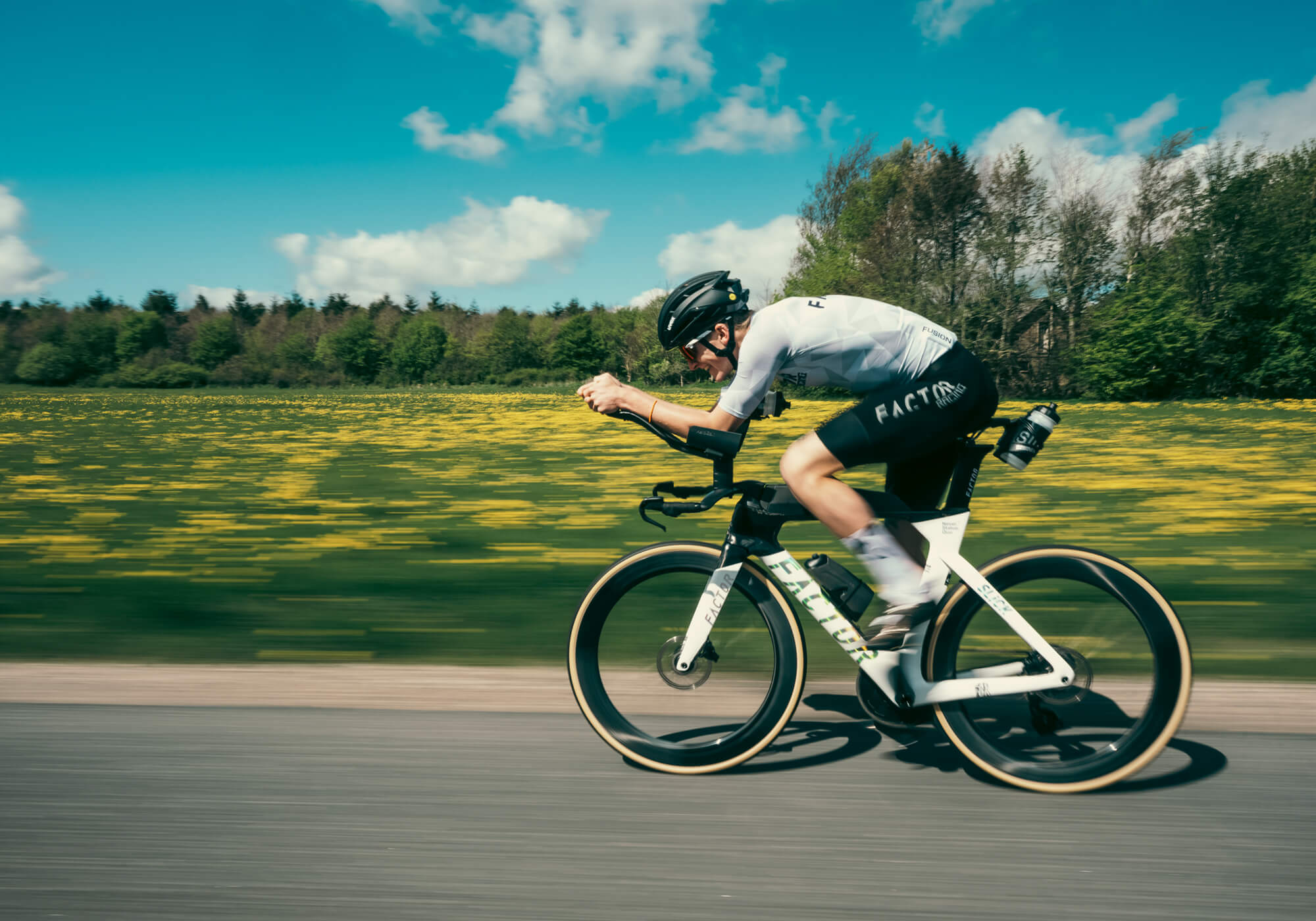
Balancing ambition and enjoyment
Starting as a kid in Denmark just messing around on a mountain bike enjoying the quiet and beauty of the woods, Jens Emil has developed into a world class athlete with big goals, but still focuses on keeping the fun factor high. “I think it’s not easy to have fun when you are training at the highest level. It’s something you have to remember to do.
I have a saying: “no fun, no training” that I learned from a Taiwanese athlete friend of mine, and it means that if you don’t have fun, you can’t train properly. I am very patient in my approach as well,” Jens Emil said.
Keeping it fun for Jens Emil means he needs to incorporate some off road rides in the woods to recharge. But he’s finding pleasure in unravelling the mysteries of getting to the top of road triathlon. “It’s partially just me being able to learn how to ride a tri bike and I think athletes often almost personify their bikes, they feel like the bikes are real people that you learn how to manage. I think that’s the main part for me, really trusting the SLiCK and being able to ride it properly to its fullest performance level. At the start I wasn’t overly optimistic about how much I’d like the whole road triathlon thing, but I have grown fond of it and a lot has to do with how much fun I have riding the SLiCK.”
Finding the right match of athlete and sponsors is a big factor in a successful season as well. “This is not something Factor has told me to say, but having partners like Factor for bikes and Fusion for my clothing, they are brands that are really committed to helping me progress as an athlete and not just wanting me to be an influencer or a marketing tool,” Jens Emil said. “They are interested in me as a person and helping me to perform at a higher level. It's just awesome to have partners like that. It’s not very often you see those kinds of partners in pro sport nowadays.”
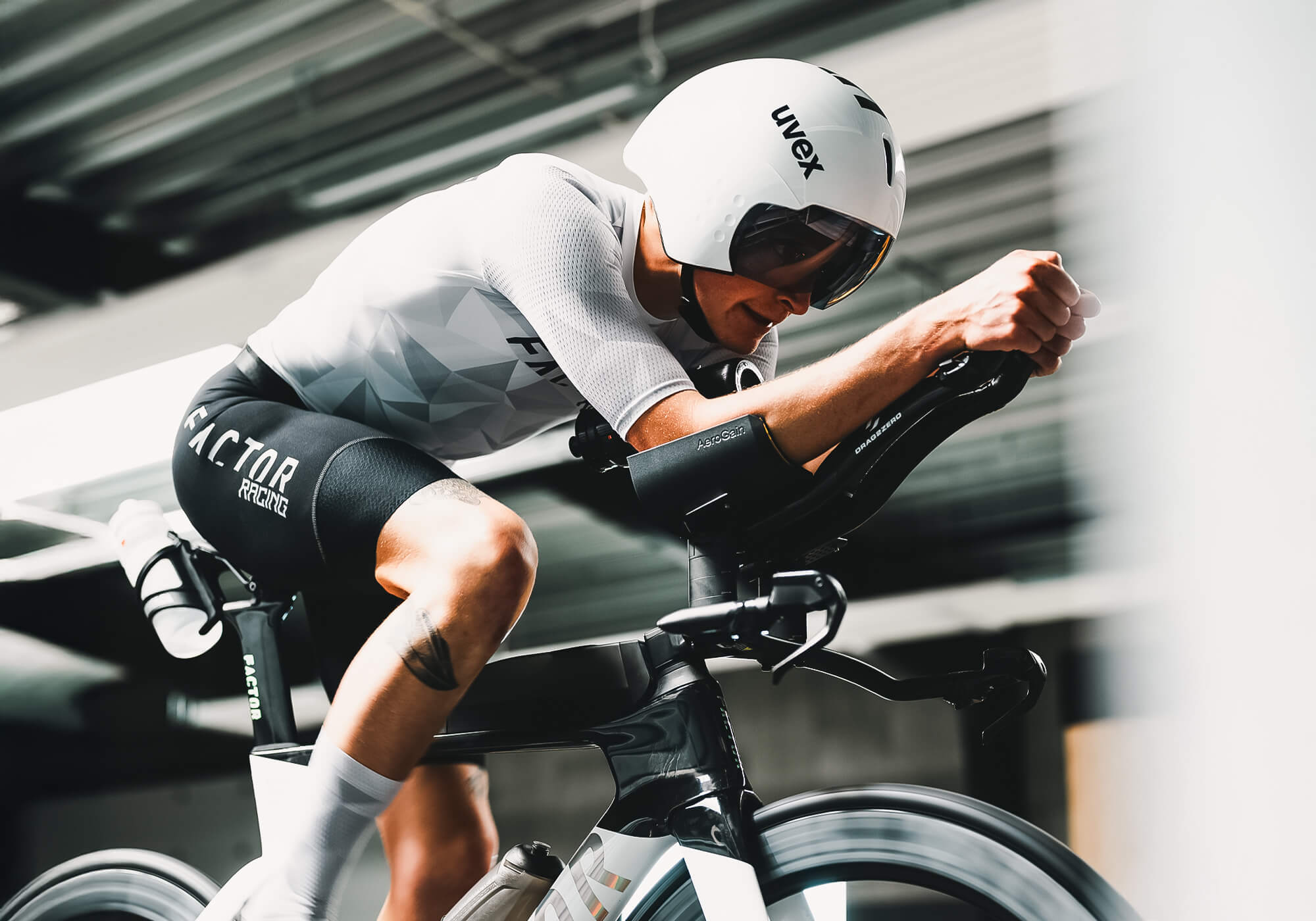
A tri bike for all distances
Focusing on the needs of amateur as much as professional triathletes, the SLiCK provides storage spaces that are easily accessible while riding on the bike, with additional storage space in the down tube. The accessible storage includes an integrated hydration point plus bento box on the top tube where the rider can store 600ml of water and stash all the nutrition needed for the bike leg of the race. The in-frame storage provided in the down tube offers a generous amount of space for tools, light jackets and other emergency equipment that could be needed in the course of a triathlon race or extended training ride.
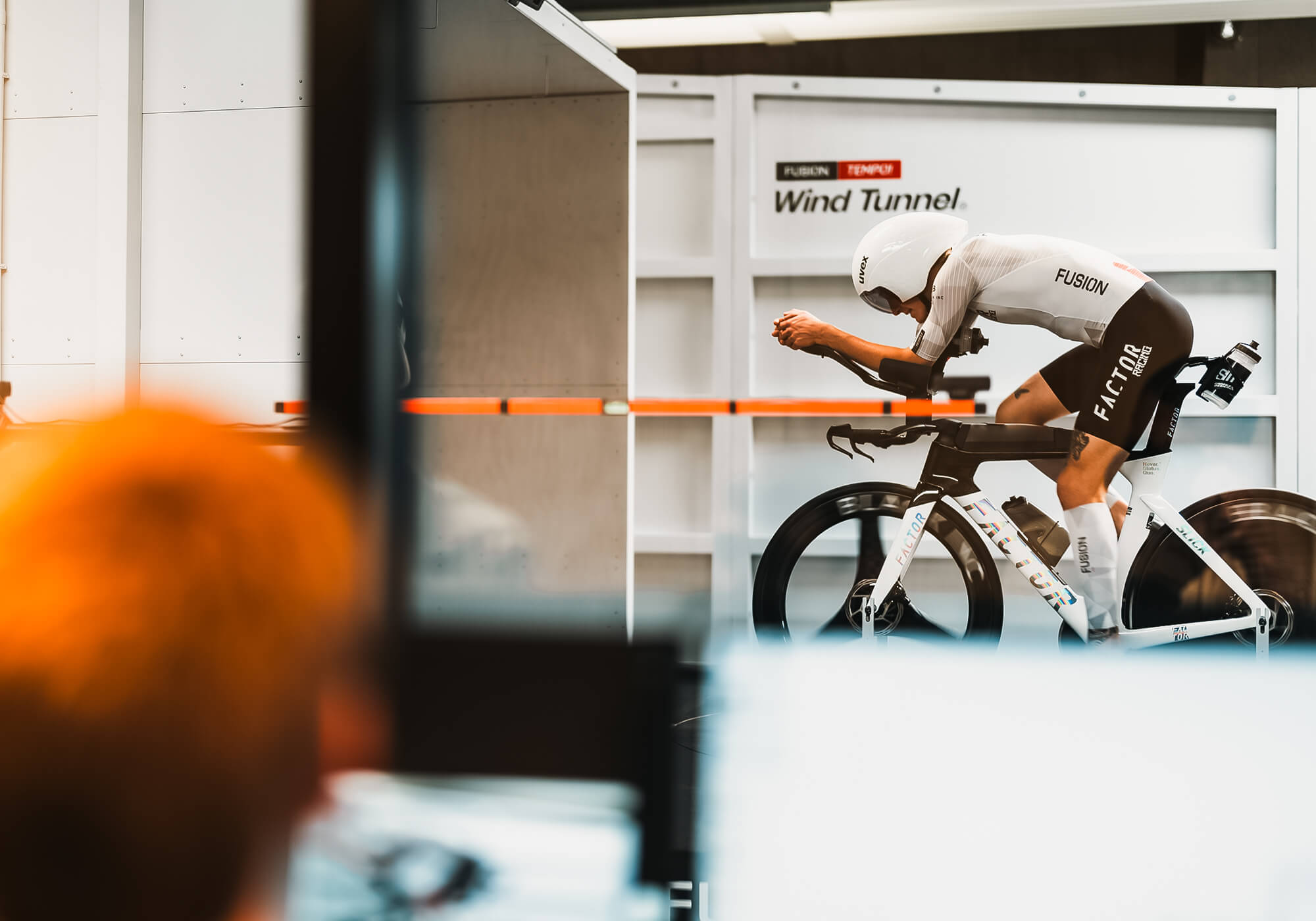

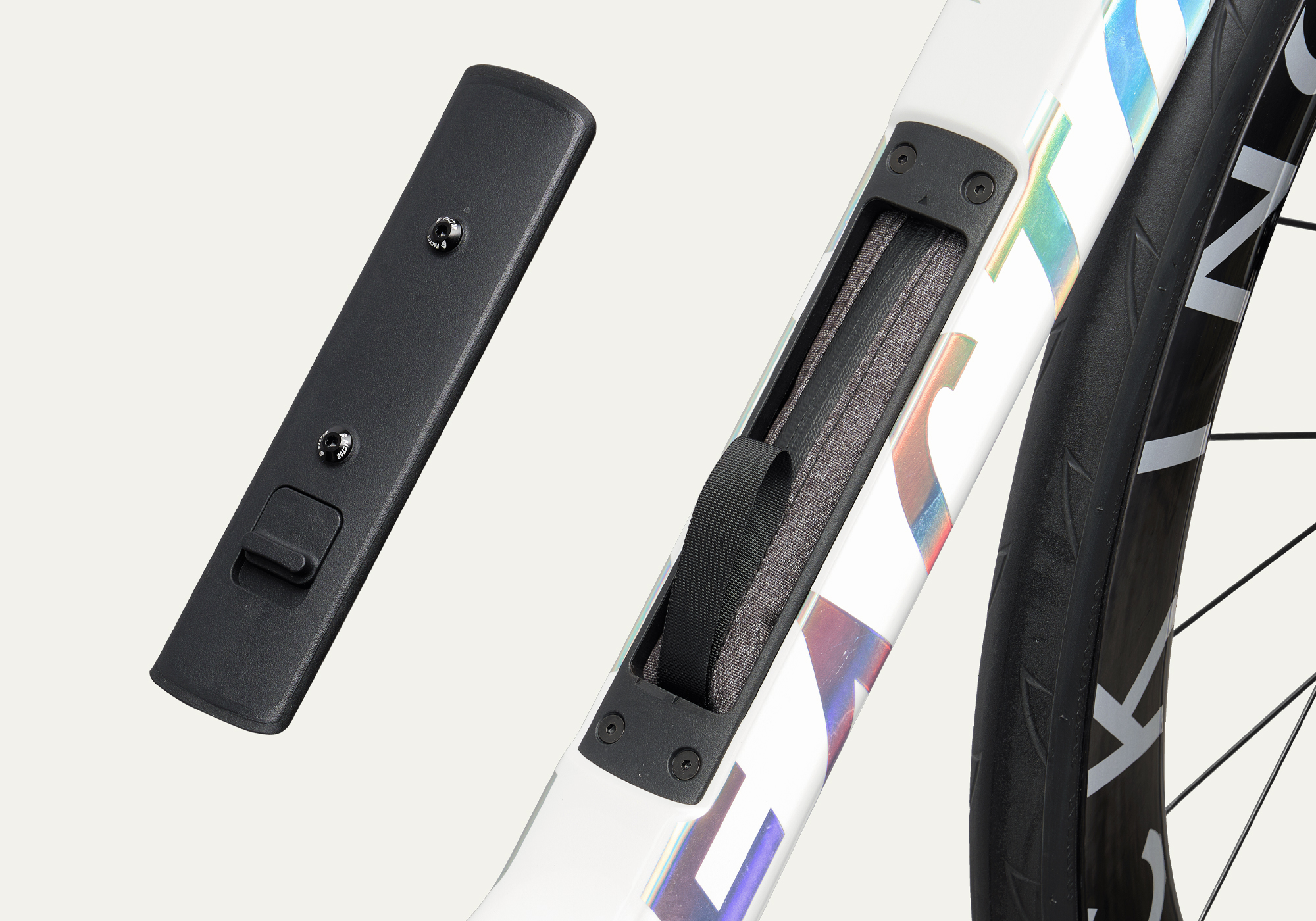
To accommodate as many types of riders and riding styles as possible, several features were incorporated to allow for a wide range of fit options. The round steerer tube opens up a huge selection of third-party base bars and risers/extensions from which the athlete can choose, making it very easy to set up the bike to the exact fit that an athlete needs. The geometry is performance driven but accommodates a very high percentile of the market with a focus on smaller riders. The rail-style saddle mount gives a large saddle range and provides an effective seat tube angle range between 73 and 79-degrees, depending on rider height.
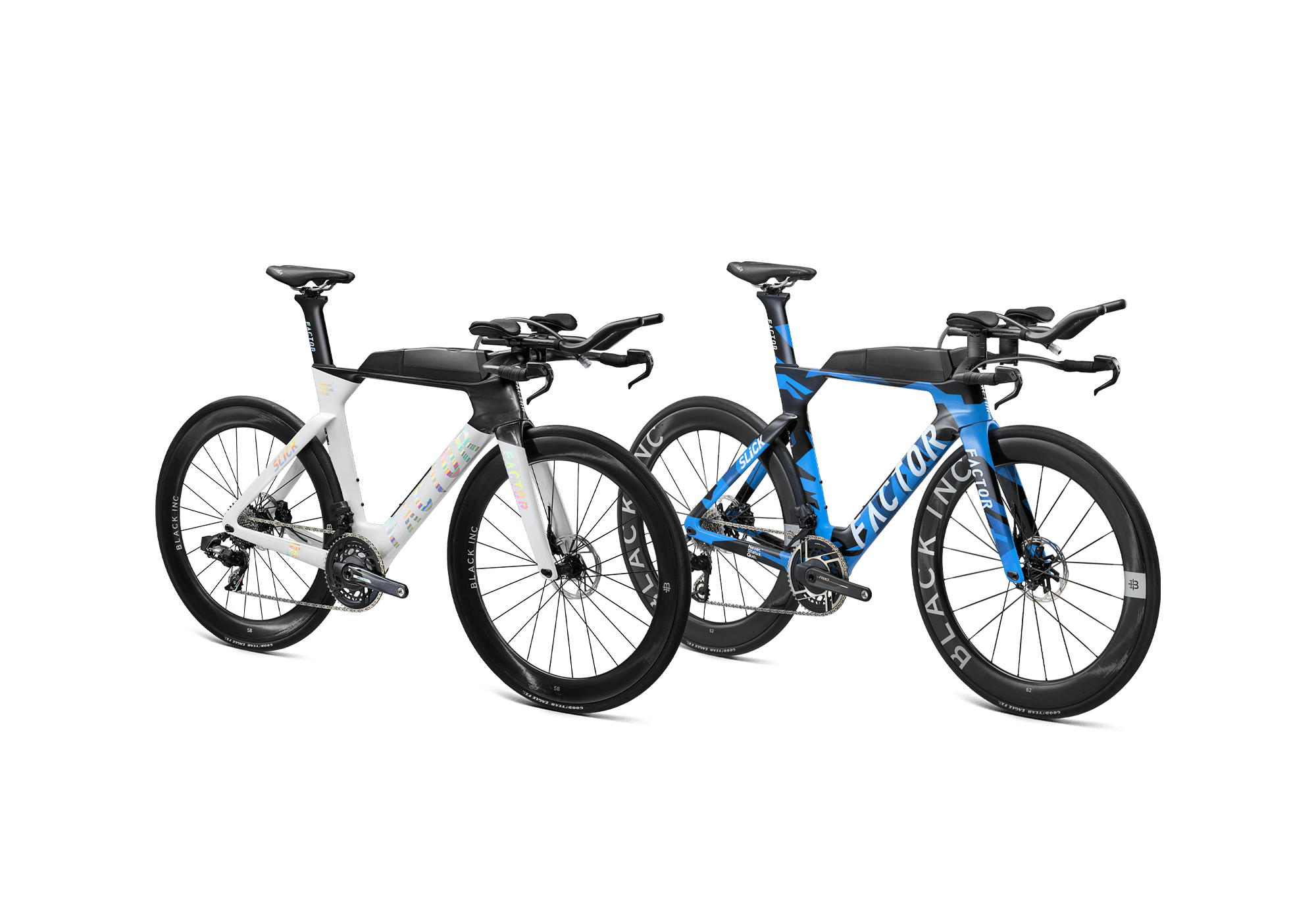
Learn more about the SLiCK here and order yours for your next big triathlon event.

© 2025 Factor Bikes. All rights reserved / Privacy Policy |Terms
